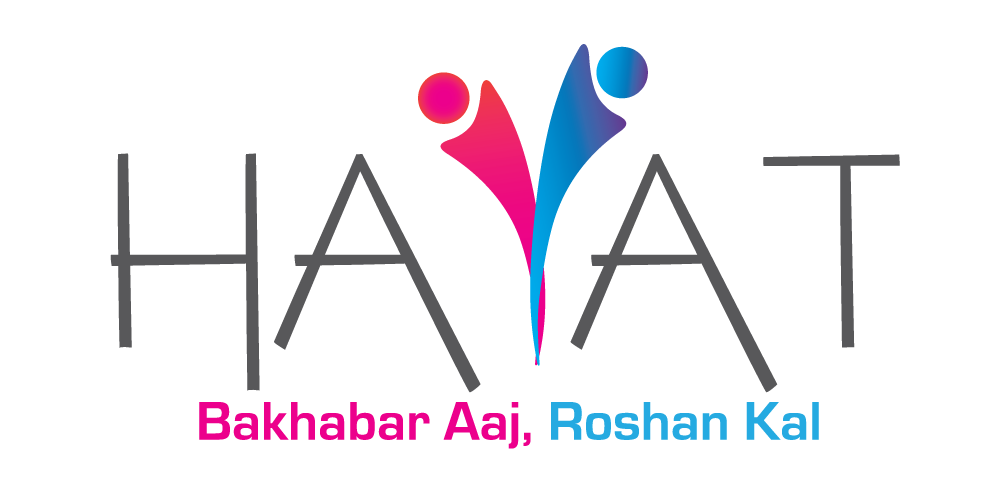Infectious Diseases like HIV/AIDS
Pakistan is amongst 15 countries with the highest prevalence of HIV/Aids and other blood-borne diseases and only 13 per cent of the general population can accurately name three modes of HIV transmission. More than 130,000 people are HIV infected in Pakistan and only 7819 are registered People Living with HIV (PLHIV) in various centres and of them merely 3700 have access to treatment with AIDS drugs – known as antiretroviral therapy (ART). The number has increased from 90,000 in 2011 to 130,000 in 2013, according to estimation of NACP, UNAIDS and World Health Organisation.
In Pakistan, proportion of reported to estimated PLHIV is lowest in the region (3.0 per cent); the ART coverage is approximately 9.8 per cent and number of Injecting Drug Users (IDUs) receiving ART per 100 HIV-positive IDUs (2009) is less than 1 per cent. A 2011 NACP study has found prevalence of HIV infection 27.2 percent among Injecting Drug Users (IDUs) while prevalence of HIV among general public is less than 1 percent. There is no authenticated data on deaths available but according to registered patients with ART centers about 5800 died with HIV so far.
Drug addicts, eunuchs and sex workers might be at greater risk for contracting HIV/AIDS, but adolescents, especially those on the streets, are also at risk. According to UNICEF stats, HIV prevalence among young people (aged 15-24) in 2012 was <0.1%. However, youth’s knowledge about the disease is very low, as only 02% adolescents have comprehensive knowledge about its prevention. Misconceptions about HIV/AIDS among adolescents are also very high as the most frequently mentioned mode of transmission reported by 65.7% adolescents was through sexual relations, however the major reason is drugs. The behaviors conducive to the spread of HIV infection to young people are curiosity about sex and drugs, negative peer pressure, and economic frustration in Pakistan. Report, titled HIV in Asia and the Pacific, launched at the 2011 International Congress on AIDS in Asia and the Pacific (ICAAP) suggests that a significant proportion of new HIV infections within key populations are among young people under the age of 25.
Among other infectious diseases, Hepatitis has the highest prevalence in Pakistan, with nearly every tenth Pakistani suffering from this disease. Hepatitis is estimated to be the third biggest disease in Pakistan which has affected over 15 million population of the country. It is estimated that nearly four million people in the country have been exposed to hepatitis B virus and about eight million to hepatitis C virus.
